 Most viewed - GIFU 岐阜県 Most viewed - GIFU 岐阜県 |
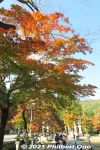
1 views
|
|
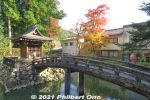
Jizo-do Hall in a pond. 地蔵堂1 views
|
|
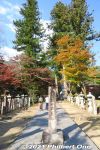
Stone marker for the 33rd and last temple on the Saigoku Kannon Pilgrimage temple in western Japan (西国三十三所).1 views
|
|
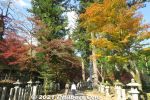
1 views
|
|
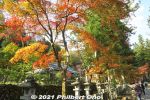
1 views
|
|
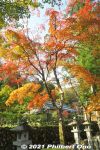
1 views
|
|
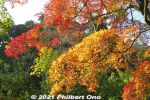
1 views
|
|
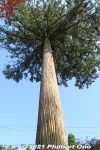
1 views
|
|
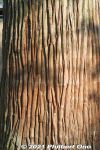
Textural tree trunk.1 views
|
|
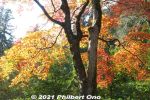
1 views
|
|
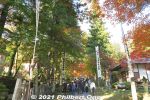
1 views
|
|
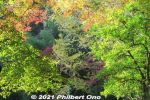
Some greenery too.1 views
|
|
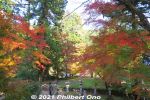
1 views
|
|
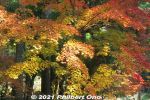
1 views
|
|
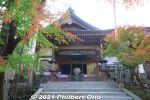
Meioin Temple is where worshippers can receive the temple seal. 明王院1 views
|
|
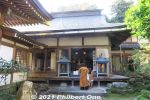
Meioin Temple 明王院1 views
|
|
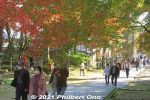
1 views
|
|
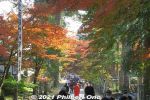
1 views
|
|
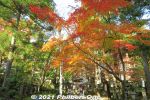
1 views
|
|
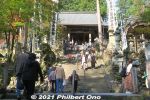
Approaching the Hondo main hall.1 views
|
|
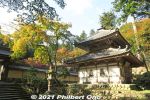
Kyodo Hall near the steps to the Hondo Hall. 経堂1 views
|
|
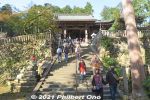
Steps to the Hondo main hall.1 views
|
|
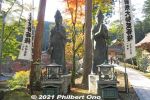
1 views
|
|
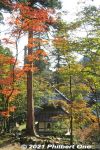
1 views
|
|
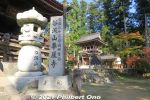
Next to the Hondo Hall is a stone monument/sign for Kegonji Temple.1 views
|
|
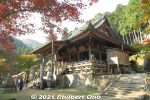
At the end of the maple-lined path is Tanigumi-san Kegonji Temple's Hondo main worship hall rebuilt in 1879. (谷汲山 華厳寺)1 views
|
|
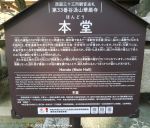
About Tanigumi-san Hondo main hall.1 views
|
|
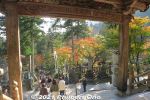
View from the top of the temple steps. Notice on the wooden pillar on the right, there's a koi carp fish hanging on it. 1 views
|
|
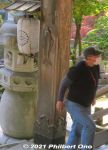
People who completed the 33-temple pilgrimage can rub this fish (made of bronze) to mark the end of their abstinence (精進落ち). The pillar on the left also has a koi fish hanging (not visible).1 viewsThese days, I'm sure most pilgrims do the pilgrimage by car or train. Too far to walk it.
|
|
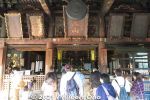
Inside Tanigumi-san Hondo main hall. It worships a hidden 11-faced Kannon statue. The last time the statue was displayed to the public was on March 1–14, 2009. 1 views
|
|
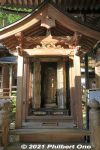
1 views
|
|
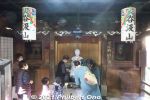
In the back of the temple is a small altar worshipping this Koke-no-mizu Jizo statue (苔の水地蔵尊). People affix these paper prayer labels (¥20) (with water) to heal their ailment on the corresponding part of their body. 1 views
|
|
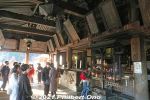
Inside Tanigumi-san Hondo main hall. People pray here for family safety, pregnancy, safe childbirth, business prosperity, transportation safety, passing an exam, recovery from illness, good relationships, and just about everything else.1 views
|
|
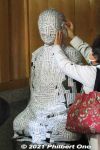
This lady probably wants to cure her impaired hearing. Koke-no-mizu Jizo statue (苔の水地蔵尊)1 views
|
|
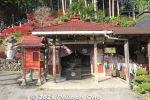
Koyasu-do is a small altar hall to pray for safe childbirth and child raising. 子安堂1 views
|
|
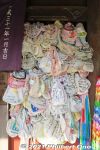
Offerings inside Koyasu-do. 子安堂1 views
|
|
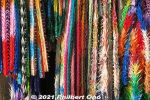
Origami cranes at Koyasu-do and Oizurudo.1 views
|
|
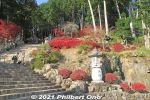
33 stone steps to Mangando Hall (満願堂).1 views
|
|
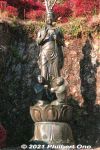
Kannon statue1 views
|
|
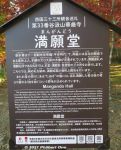
About the Mangando (満願堂).1 views
|
|
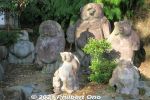
Tanuki1 views
|
|
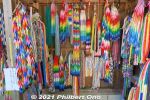
Origami cranes at Mangando.1 views
|
|
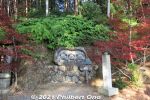
1 views
|
|
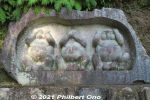
See no evil, speak no evil, and hear no evil by three wise tanuki. Apparently all virile males. Not monkeys, how surprising. 1 views
|
|
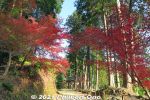
1 views
|
|
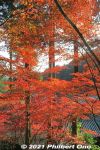
1 views
|
|
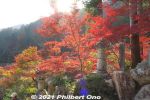
1 views
|
|
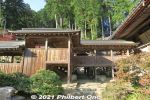
1 views
|
|
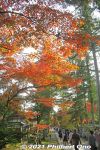
1 views
|
|
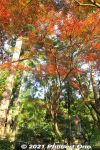
1 views
|
|
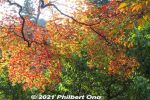
1 views
|
|
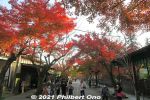
Walking back to the bus stop in late afternoon light.1 views
|
|
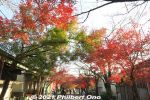
1 views
|
|
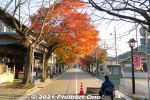
1 views
|
|
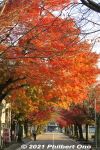
1 views
|
|
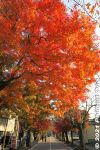
1 views
|
|
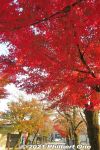
1 views
|
|
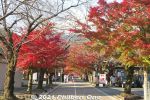
1 views
|
|
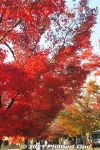
1 views
|
|
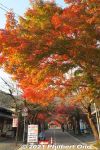
1 views
|
|
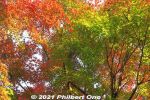
1 views
|
|
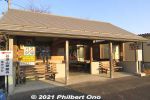
Tanigumi-san bus stop and shelter.1 views
|
|
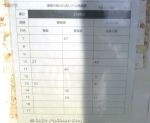
Buses go to Tanigumi-guchi Station (Tarumi Line) or Ibi Station (Ibigawa Line). Very infrequent, so check and remember the return bus schedule when you arrive here.1 views
|
|

Bus ride to Ibi Station.1 views
|
|
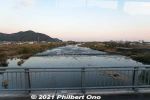
1 views
|
|
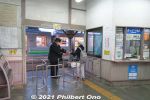
Ibi Station1 views
|
|

End of Ibigawa Line at Ibi Station.1 views
|
|
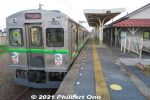
One-car train at Ibi Station.1 views
|
|
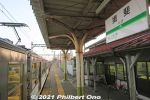
Ibi Station platform.1 views
|
|
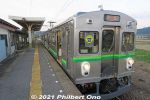
Ibi Station1 views
|
|
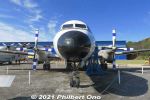
Front of YS-11A. 日本航空機製造 YS-11A-500R 中型輸送機1 views
|
|
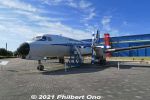
The YS-11A is the only plane where the public could go inside, but it was closed due to coronavirus in 2021.1 views
|
|
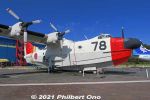
US-1A 9078 rescue plane that flew from 1983 to 1995. 新明和US-1A救難飛行艇1 views
|
|
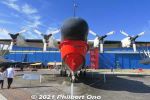
Nose of US-1A 90781 views
|
|
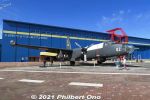
P-2J was an anti-submarine patrol aircraft. Detects and attacks submarines. Flew from 1979 to 1994. 川崎P2-J対潜哨戒機1 views
|
|
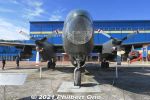
Nose of P-2J. The plane was based on the US Navy's P2-V7 Neptune.1 views
|
|
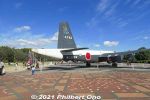
Rear of P-2J. Next to the outdoor planes is a grassy lawn for kids to run around. No balls, frisbees, or tents allowed. 川崎P2-J対潜哨戒機1 views
|
|
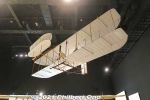
The Wright Flyer (actual size replica) is one of the first airplanes you see. ライトフライヤー1 views
|
|
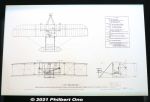
About the Wright Flyer.1 views
|
|
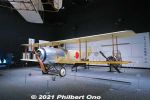
Salmson 2A2 was built in Gifu under a license from France. Production started in 1922 by Kawasaki Dockyard Co., Ltd., starting Japan's aviation industry. 乙式一型偵察機(サルムソン2A2)1 views
|
|
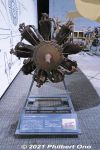
La Rhone propeller engine Type C commonly used in planes from 1910 to 1920.1 views
|
|

All the planes which first flew in Japan here in Kakamigahara.1 views
|
|
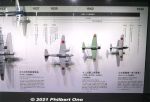
Chronology of Japan's aviation history until 1945. Models of the Zero fighter and Hien fighter displayed.1 views
|
|
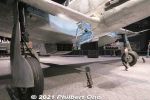
Kawasaki Ki-61 Hien fighter1 views
|
|
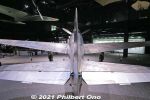
Rear of Kawasaki Ki-61 Hien fighter.1 views
|
|
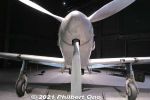
Prop of Kawasaki Ki-61 Hien fighter.1 views
|
|

About Kawasaki Ki-61 Hien fighter. 三式戦闘機二型「飛燕」(川崎キ61-II改)1 views
|
|
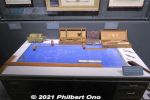
Airplane design drafting table and implements.1 views
|
|
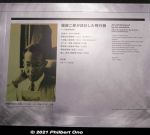
About Horikoshi Jiro who designed the Zero fighter and later the YS-11.1 views
|
|
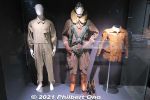
L-R: Aircraft mechanic's uniform, fighter pilot's flight suit, and pilot's jacket. Dating from the 1930s-40s.1 views
|
|
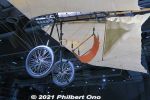
1 views
|
|
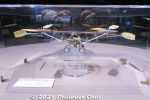
1 views
|
|
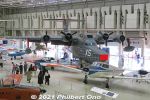
1 views
|
|
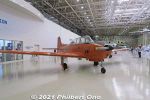
Kawasaki KAT-11 views
|
|
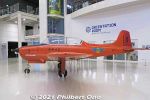
Kawasaki KAT-1, training aircraft.1 views
|
|
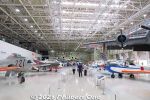
1 views
|
|
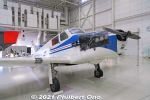
Kawasaki KAL-1 1 views
|
|
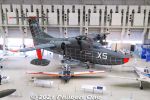
UF-XS Experimental Flying Boat based on Grumman UF-1 Albatross. UF-XS実験飛行艇1 views
|
|
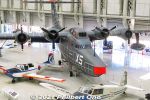
UF-XS Experimental Flying Boat1 views
|
|
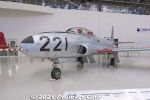
Lockheed T-33A1 views
|
|
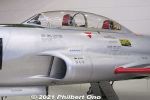
Lockheed T-33A cockpit.1 views
|
|
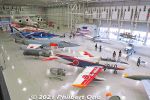
Fuji T-1B1 views
|
|
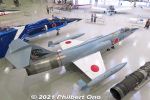
Mitsubishi-Lockheed F-104J Starfighter dating from 1963. Retired in 1986.1 views
|
|
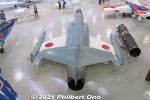
Mitsubishi-Lockheed F-104J Starfighter1 views
|
|
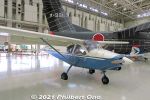
N-62 Eaglet light aircraft from 1964. By Nihon University and Itochu.1 views
|
|
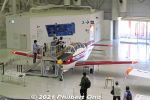
Fuji T-3 trainer plane from 1974. During certain times, visitors can sit in the cockpit for photos. T-3コックピット搭乗体験1 views
|
|
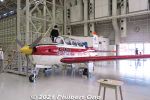
Fuji T-3 trainer plane. There was steps to see the cockpit. T-3コックピット搭乗体験1 views
|
|
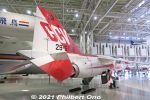
1 views
|
|
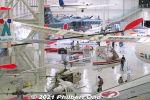
1 views
|
|
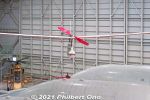
KoToNo Limited also placed 4th at the 16th Birdman Rally at Lake Biwa in Aug. 1992.1 views
|
|
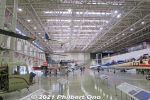
1 views
|
|
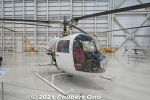
1 views
|
|
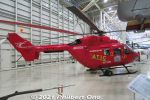
BK117P-5 helicopter1 views
|
|
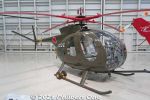
Kawasaki-Hughes OH-6J helicopter from 1974.1 views
|
|
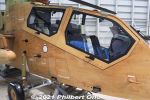
Kawasaki XOH-1 wooden mockup helicopter cockpit.1 views
|
|
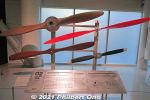
Different airplane propellers. Very detailed info about most of the museum's planes is at j-hangarspace.jp.1 views
|
|
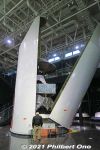
H-II rocket. H-IIロケット フェアリング1 views
|
|
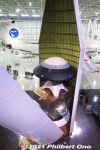
H-II rocket and payload. H-IIロケット フェアリング1 views
|
|
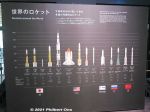
Rockets from around the world. Saturn V (Apollo program) was by far the largest.1 views
|
|
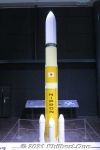
H3 rocket (1/20 scale model). H3ロケット(1/20模型)1 views
|
|
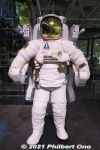
NASA astronaut spacesuit and propulsion unit (actual size). 宇宙服と宇宙遊泳噴射装置(1/1模型)1 views
|
|
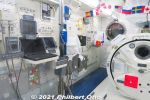
Inside Japan's Kibo module (replica) for International Space Station (ISS).1 views
|
|
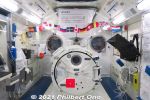
Inside Japan's Kibo module (replica) for International Space Station (ISS). The module is used to conduct various experiments in space.1 views
|
|
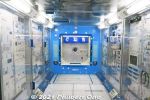
Inside Japan's Kibo module (replica) for International Space Station (ISS).1 views
|
|
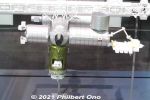
On the International Space Station (ISS), Japan's Kibo module is attached on the right and the Kounotori cargo vehicle is attached on the bottom.1 viewsKounotori was developed by the Japan Aerospace Exploration Agency (JAXA or Japan’s NASA) and used from Sept. 2009 to Aug. 2020 as expendable cargo spacecraft for delivering supplies and experiments to the International Space Station.
|
|

Japanese astronauts from 1990 to present day.1 views
|
|

Mohri Mamoru became the first Japanese astronaut to be sent by Japan's space program in Sept. 1992. The first Japanese astronaut to travel on the US Space Shuttle (Endeavour) where he worked in Spacelab-J.1 viewsThe third Japanese in space was the first Japanese and first Asian woman in space, Mukai Chiaki, a cardiovascular surgeon.
|
|
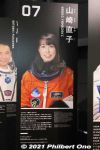
Japanese astronaut Yamazaki Naoko went aboard US Space Shuttle Discovery in April 2010 to the International Space Station (STS-131). More photos of her and her mission here.1 viewsShe is also the Gifu-Kakamigahara Air and Space Museum's ambassador.
|
|
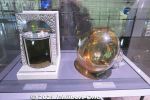
Scale model of the Super-Kamiokande and a photomultiplier tube that detects light from Cherenkov radiation. The Super-Kamiokande has 13,000 of these photomultiplier tubes.1 views
|
|
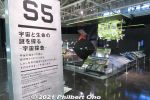
Section S5 is about space probes to learn more about the origin of space and life.1 views
|
|
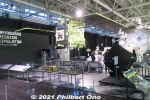
Hayabusa II Mission Simulator. Hayabusa II brought back to Earth asteroid samples from near-Earth asteroid 162173 Ryugu in Dec. 2020.1 views
|
|

Improved aircraft technologies and materials have improved the plane's range and efficiency.1 views
|
|
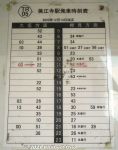
Check the train schedule for your train back to Ogaki (left column) from Mieji Station on the Tarumi Line.1 views
|
|
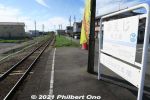
Mieji Station platform on the Tarumi Line.1 views
|
|
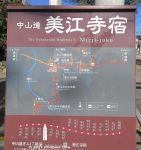
Map of Mieji-juku.1 views
|
|
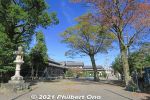
Mie Shrine grounds.1 views
|
|
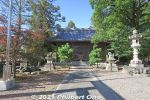
Mie Shrine prayer hall. 美江神社1 views
|
|
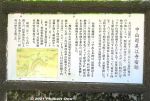
About Mieji-juku in Japanese.1 views
|
|
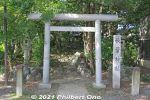
Akiba Shrine is also here. 秋葉神社1 views
|
|
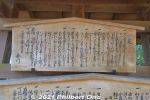
Replica of Mieji-juku's Kosatsu official bulletin board. 高札1 views
|
|
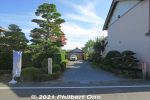
Site of Mieji-juku's Honjin (VIP lodging). The building no longer exists. This was Mieji-juku's highest elevation at only 10 meters. 本陣跡1 views
|
|
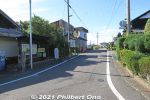
Turn right here.1 views
|
|
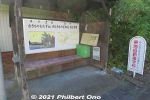
Looks like a rest place for travelers. Not a bus stop.1 views
|
|
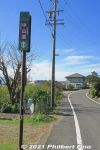
Walk further to see the small Kannon-do Hall.1 views
|
|
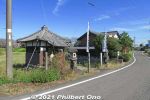
Kanzeon-do Hall in Mieji-juku. 美江寺宿 千手観世音堂1 views
|
|
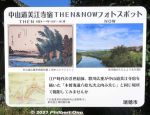
Next to Kanzeon-do Hall is Saikawa River depicted in Hiroshige's woodblock print. 犀川1 views
|
|

Hiroshige's woodblock print for Mieji-juku showing Saikawa River and two farmers giving directions to a priest. It was a low-lying area near three rivers and prone to flooding. 犀川1 views
|
|
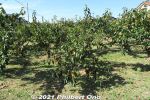
Mizuho is a major producer of Fuyu-gaki persimmons. 1 views
|
|
| 2920 files on 12 page(s) |
 |
 |
 |
 |
12 |
|